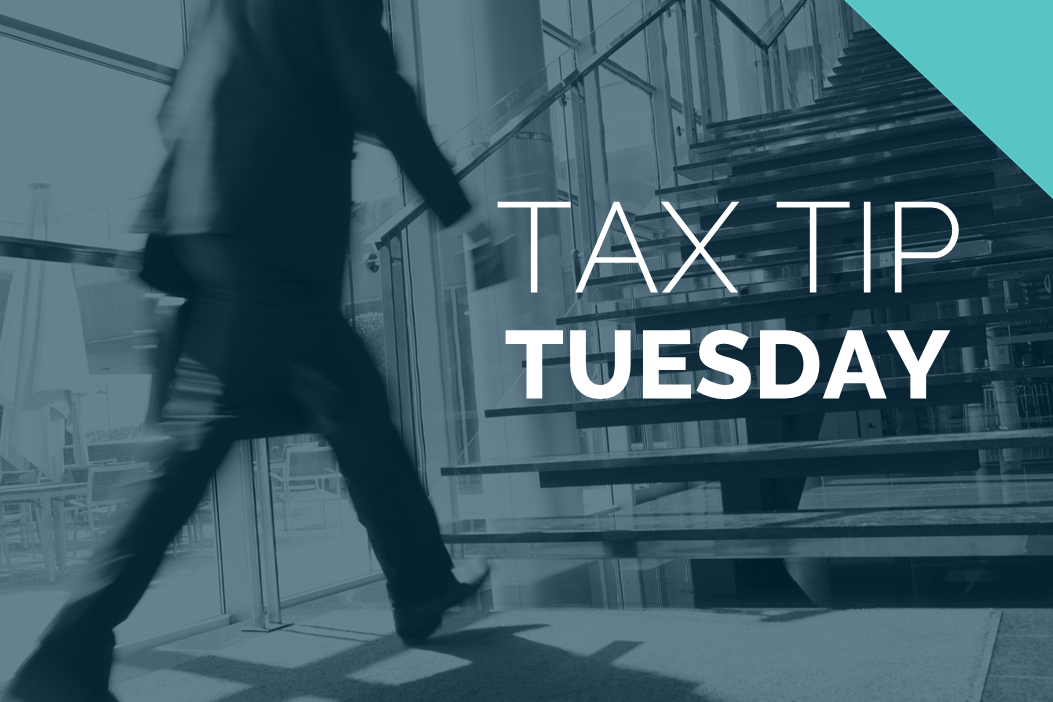Effective May 21, 2023, P&N has joined EisnerAmper. Read the full announcement here.

Last updated on 3/30/2020
P&N has a dedicated team researching the rules and requirements related to this topic.
Much has been written and shared on the Paycheck Protection Program (PPP) under the recently passed CARES Act, in which business owners may receive loan amounts equal to 2.5x the company’s monthly average payroll costs with a maximum loan amount of $10 million. While receiving a low-interest, government backed loan is definitely worthy of attention, the main benefit of a PPP loan is the ability to have the principal balance of the loan forgiven if the loan proceeds have been spent on qualifying costs. We have outlined a summary of relevant considerations to the debt forgiveness component, but recommend that you consult with a professional to better understand the details and application to your specific situation.
Covered Period Subject to Debt Forgiveness and Terms
- During the 8-week period following the loan origination date (Covered Period), the borrower may have debt forgiven based on amounts paid or incurred on certain payroll costs, interest on mortgages, rent, and utilities.
- The borrower must certify in good faith that the amount of debt forgiven was used to retain workers, or to make mortgage, lease or utility payments.
- The remaining balance of the PPP loan will be guaranteed by the SBA and have a maximum 10-year maturity. The current loan maturity term is two years.
- Any debt forgiven will not be taxable to the borrower.
Qualifying Costs
Not all dollars spent during the Covered Period are subject to forgiveness. The following items, if paid or incurred, during the Covered Period are subject to forgiveness.
- Payroll costs include:
- Salary, wage, commission, or similar compensation;
- Payment of cash tip or equivalent;
- Payment for vacation, parental, family, medical, or sick leave;
- Allowance for dismissal or separation;
- Payment required for the provisions of group health care benefits, including insurance premiums;
- Payment of any retirement benefit;
- Payment of state or local tax assessed on the compensation of employees; or
- Compensation to or income of a sole proprietor or independent contractor that is a wage, commission, income, net earnings from self-employment, or similar compensation.
- The amount of “payroll costs” that can be forgiven is limited to $1,923 a week per employee or independent contractor.
- Income of a sole-proprietorship is also eligible to be treated as “payroll costs.” This means that individuals that own a business, but have no payroll costs, may be eligible for a PPP loan and may also receive $1,923 a week as “compensation.”
- Rent and lease costs are defined as rent obligations obtained under an agreement in force before February 15, 2020.
- Utility costs are defined as payment for service of electricity, gas, water, transportation, telephone, or internet access for which service began before February 15, 2020.
- Mortgage interest paid on mortgages incurred before February 15, 2020.
Required Documentation
- Documentation to support payroll costs will include payroll tax filings and state income and unemployment insurance filings.
- Documentation to support mortgage and utility costs will include canceled checks, payment receipts, transcripts of accounts, or other documentation providing verification of payment.
Reduction of Amount Forgiven
The PPP is designed to help businesses maintain employment during this economic downturn. With that intent in mind, it is not surprising that there is a catch to the complete forgiveness of a loan under the PPP.
If the company experiences a reduction of its workforce or a reduction of salaries and wages during a certain defined period, the amount of the loan forgiveness is reduced.
Workforce Reduction
- The amount of the loan forgiveness is reduced by the quotient of the following: Monthly average full time equivalent (FTE) employees during the Covered Period divided by the monthly average FTE employees of either February 15, 2019 – June 30, 2019 [or] January 1, 2020 – February 29, 2020.
- For seasonal employers, the measurement period is February 15, 2019 – June 30, 2019.
Example: ABC Company receives a PPP loan. After the Covered Period, ABC Company determines its potential loan forgiveness amount is $100,000. The average number of FTEs during the Covered Period (the 8 weeks post-loan origination) is 100. The average number of FTEs from February 15, 2019 – June 30, 2019 is 200. The quotient of 50% (calculated as: 100 / 200) is multiplied by the loan forgiveness amount of $100,000. In other words, the amount of loan forgiveness is $50,000.
Salary Reduction
- In addition to workforce reduction, a salary reduction may also cause a reduction in the loan amount forgiven.
- The amount of loan forgiveness is reduced by any reduction in the salary of certain employees (only employees that earned less than an annualized rate of $100,000 a year during 2019 are counted) that is in excess of 25% of the total salary of the employee during the most recent full quarter during which the employee was employed.
Example: XYZ Company receives a PPP loan. After the Covered Period, XYZ Company determines that its potential loan forgiveness amount is $100,000. Employee A worked for XYZ Company last year. Employee A has a salary of $80,000. During the first quarter of 2020, Employee A’s salary was $20,000. If XYZ Company reduces Employee A’s salary by more than $5,000 a quarter (more than 25% based on most recent full quarter salary, calculated), the amount in excess of $5,000 must reduce the loan forgiveness.
While this may seem confusing at this early point, we are hopeful that regulations will be issued to provide further examples and guidance on how the salary and workforce reduction rules will apply.
Relief for Re-Hiring
- If the business is able to re-hire employees and restore salaries by June 30, 2020, the business is not required to reduce the loan forgiveness.
- It is important to note that furloughing or laying off employees prior to the PPP does not prohibit a business from applying or receiving a loan. However, the amount of the forgiveness may be substantially diminished.
There is a wealth of information to digest, and we anticipate significantly high volumes of loan applications and debt forgiveness requests. Moreover, the PPP will be provided through authorized SBA lenders, and it is unclear whether additional SBA banks will be authorized to assist with the anticipated high volume of applications. Lenders have not yet released application guidelines, but P&N is monitoring this development and will obtain a thorough understanding of the requirements. Given the significantly high volume of applicants anticipated, businesses should begin discussions with their lender, CPA, and payroll providers to gather relevant information.
Contact your P&N advisor for assistance navigating the PPP loan process, including debt forgiveness calculation.




